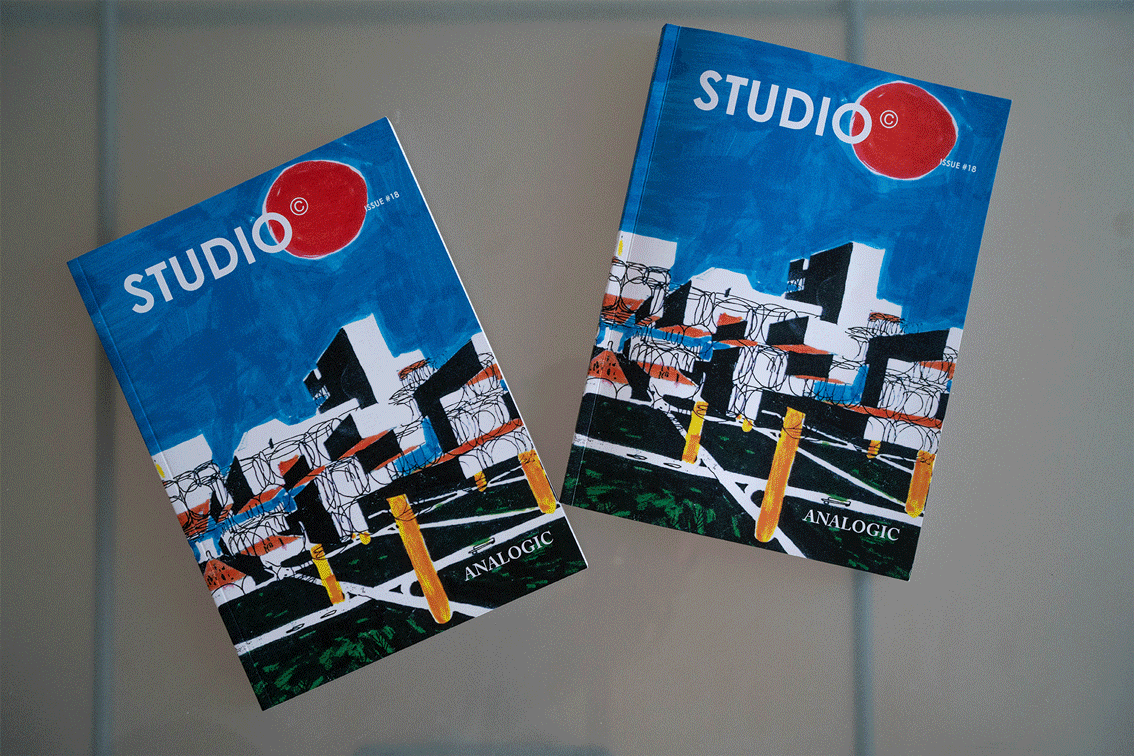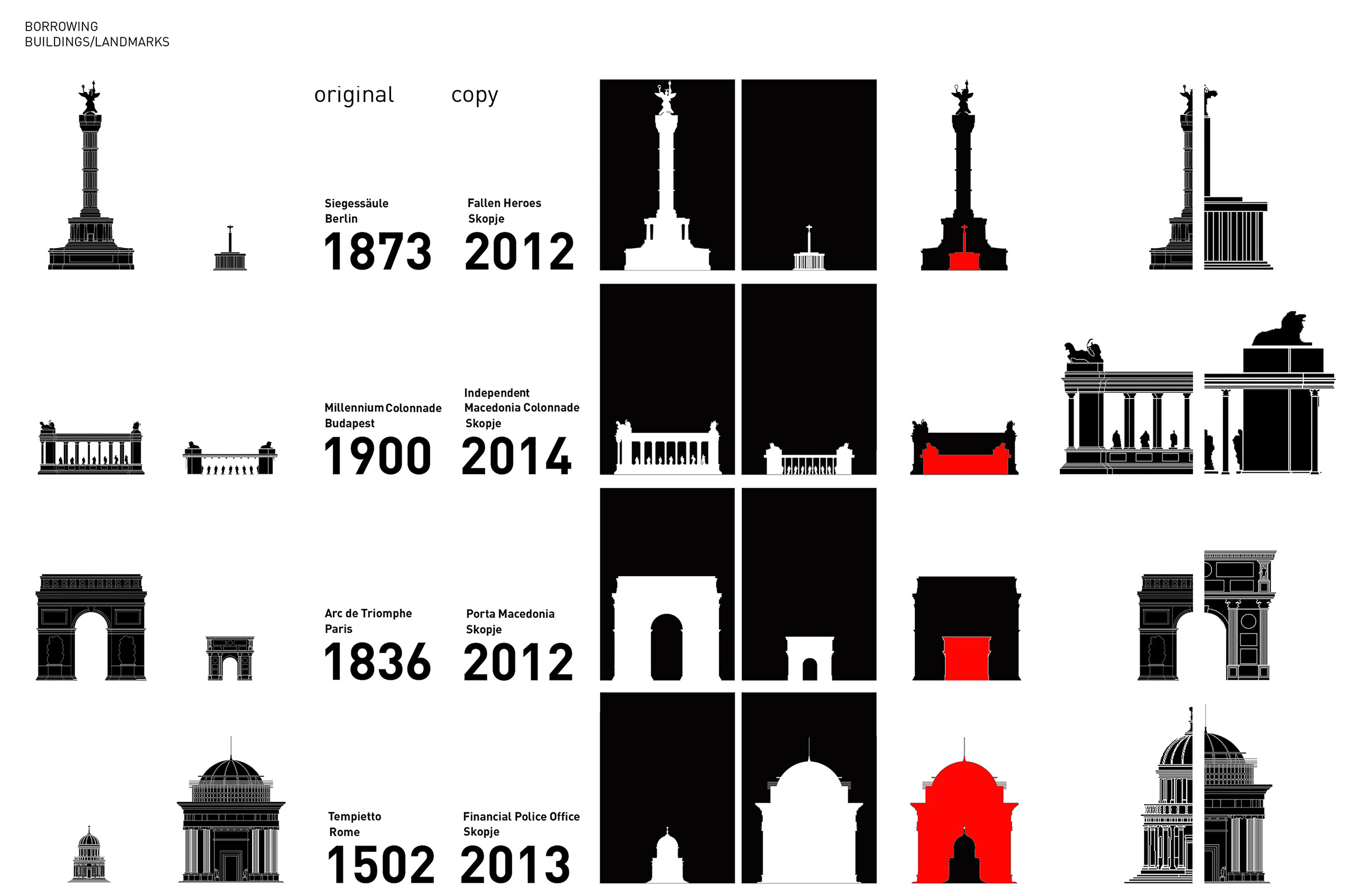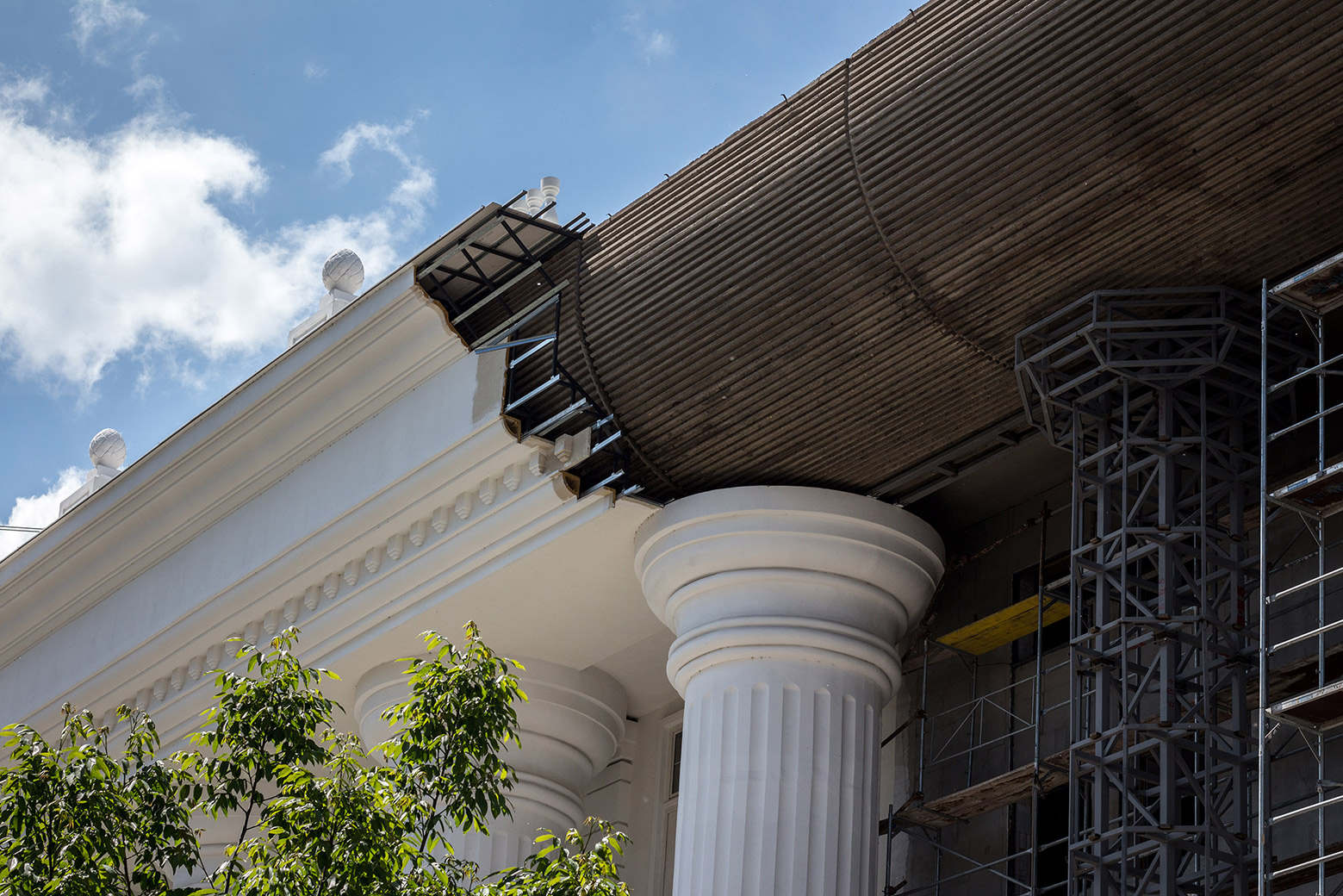#18 Analogic
STUDIO Architecture and Urbanism Magazine
Publisher: RCC STUDIO Architects
Photographs MEPSO: Darmon Richter ©
Milan, June 2020

In the complex and dense world of today, the trajectory of an architect’s task has become very multiplex.
The linear sequence of analysis, design and execution of a new building on an empty plot has been shaken by many more possibilities, such as adapt, extend, modify, demolish, neglect, ignore, and so forth. An architect redesigns, reconstructs, restores, refurbishes, repurposes, renovates, replaces, reuses… One could even argue that our tangible world has already been built a long time ago and what we are now doing is simply remodelling it. One rarely starts from zero. When so much has been built, there is so much to be seen and experienced, therefore analogy is also an inevitable tool for contemporary design. Today‘s world is a mix and match one.
There was a certain moment in history when technology lost its primacy in being the driving
force for architecture and with that also in representing and explaining architecture. The methods of constructing buildings became secondary and the political circumstances of the specific time became a crucial integral aspect of understanding architecture. The European nostalgia of recreating old symbolic images, by rebuilding long-gone architecture, shows this shift in its extreme. Contemporary architectural design became far less important and symbolism, politics, and ideology became the steering notions. Architecture became two-dimensional. It started creating postcards and forgot about spaces. In the last decade, the government of North Macedonia exploited architecture as a medium to falsify the history of the city of Skopje. The physical appearance of the city was used to manipulate a certain wanted representation. New buildings were built with an old-looking appearance and existing buildings were repackaged to look neoclassical instead of modernist, with the intention of resembling Western European cities and neglecting the Yugoslavian portion of the city’s history. Many of these freshly built, old-looking buildings are clearly slightly altered clones of other cities’ artefacts. The City of Skopje was populated with buildings-landmarks, borrowed from entirely different socio-cultural, political, economic, and even physical contexts.
An original and a clone landmarks, even if they look very much alike, could not possibly represent
the same notions. A triumphal arc, cloned in a different place and time, cannot possibly be a victorious representation of the same triumph, meaning this purely symbolical object doesn’t actually stand for anything. In order for a building to be an urban artefact of the city, it needs to evoke memories of an important historical event. That can only be done, if the building physically witnessed that milestone and moreover, if there was a milestone to be witnessed.
The modernist architecture associated with Yugoslavian times was literary placed in the background by building in front of it or by refacading it. The city was dressed in a new old.
Read the entire article in the STUDIO #18 ANALOGIC

